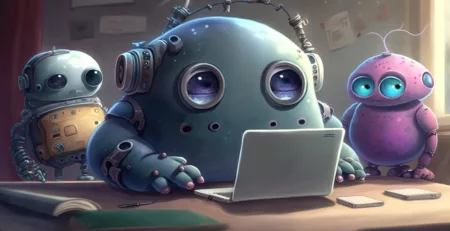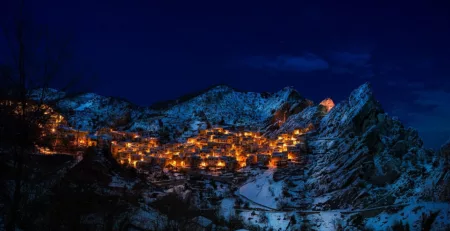DALL-E: An AI Model that Generates Images from Textual Descriptions
In recent years, artificial intelligence (AI) has made significant strides in the field of computer vision, allowing machines to recognize and classify images with remarkable accuracy. However, generating images from textual descriptions is still a relatively new and challenging task for AI systems. That’s where DALL-E comes in.
DALL-E is an AI model developed by OpenAI that can generate images from textual descriptions. The name “DALL-E” is a combination of Salvador Dali, the surrealist painter, and Pixar’s WALL-E, the fictional robot character. DALL-E uses natural language processing (NLP) and computer vision techniques to create images that match given textual prompts.
The idea behind DALL-E is to create an AI system that can generate images based on human-like descriptions, just like how an artist might create a painting based on a written description. DALL-E was trained on a massive dataset of images and their associated text descriptions, allowing it to learn how to generate novel images that match given textual prompts.
The potential applications of DALL-E are vast and varied. It could be used in fields such as advertising, design, and entertainment, as well as in the creation of educational materials and scientific visualizations. For example, DALL-E could be used to generate images for product catalogs or to create custom designs for furniture, clothing, and other items. It could also be used to create illustrations for children’s books or to visualize scientific concepts and data.
One of the most impressive things about DALL-E is its ability to generate images that are both realistic and surreal. Some examples of images created by DALL-E include a snail made of harpsichords, an armchair in the shape of a giant avocado, and a teapot with a giraffe’s neck and head. These images demonstrate the incredible creativity and flexibility of the DALL-E model.
Despite its impressive capabilities, DALL-E is still a work in progress. The model has some limitations, and it can sometimes generate images that are inconsistent or illogical. However, as the technology continues to develop, we can expect to see even more exciting applications of AI-generated images.
In conclusion, DALL-E is an AI model that has the potential to revolutionize the way we create and visualize images. Its ability to generate images from textual descriptions opens up new possibilities for creativity and innovation in a wide range of fields. As AI technology continues to advance, we can expect to see even more impressive developments in the field of computer vision and image generation.




